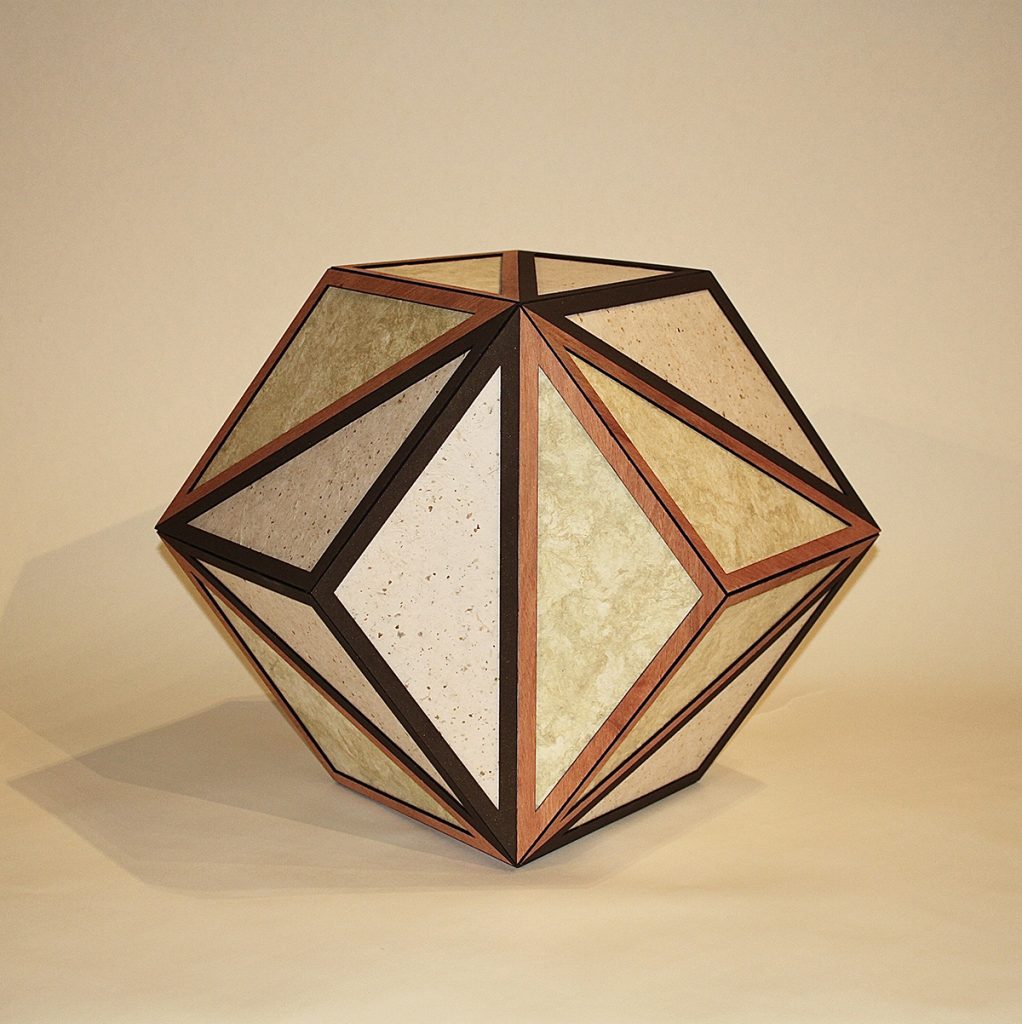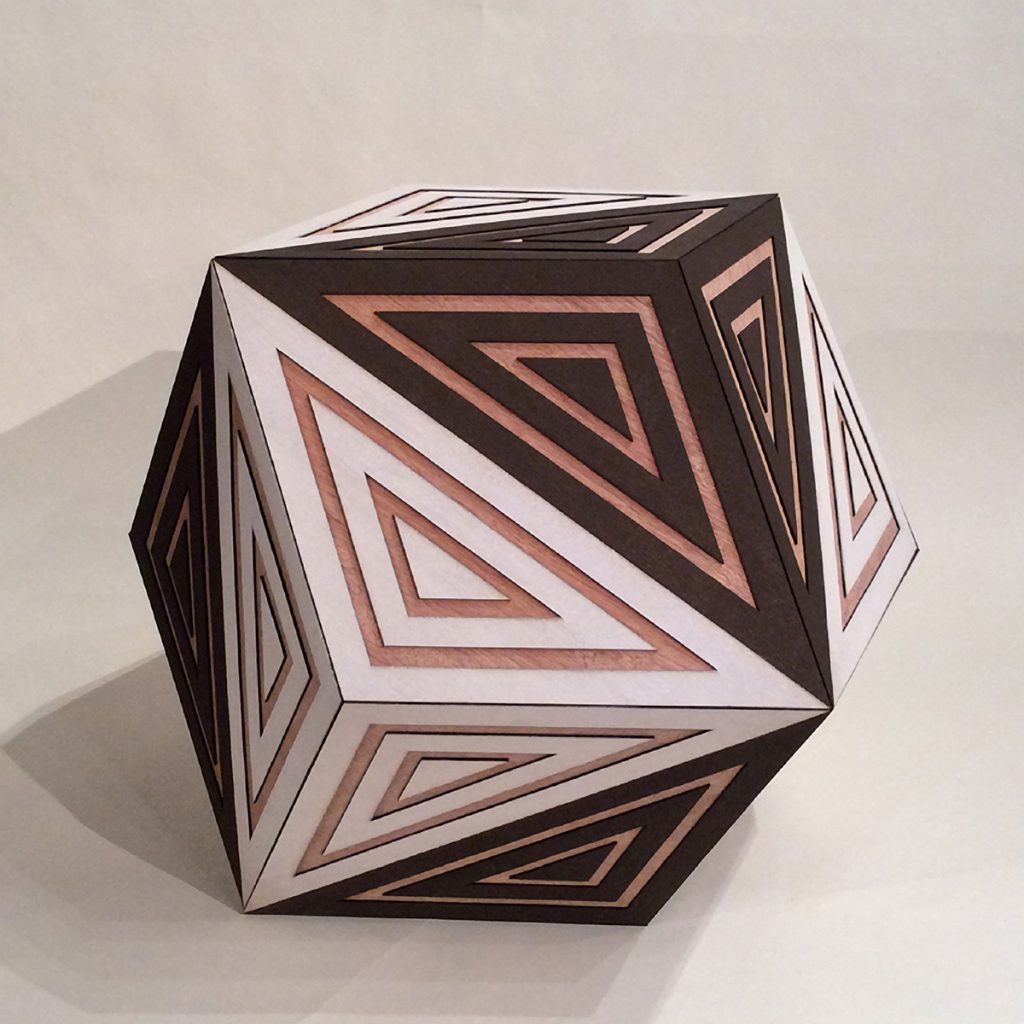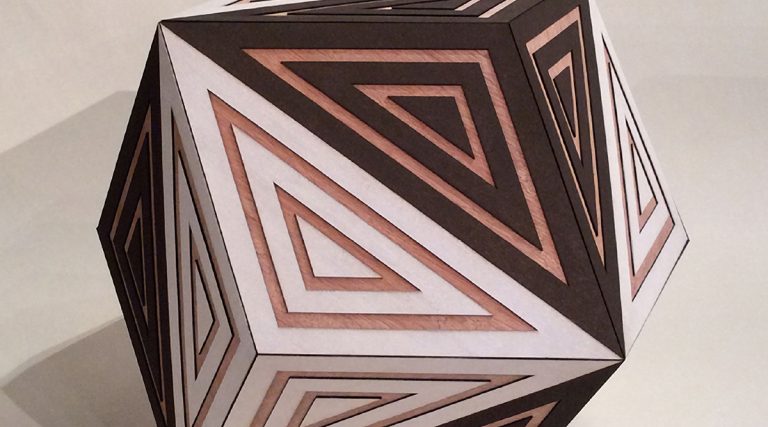Vandorn Hinnant, born in Greensboro, North Carolina, in 1953, is a distinguished artist whose career spans several decades, encompassing a wide range of mediums and thematic explorations. His work is a testament to his profound understanding of art, science, and spirituality, merging these fields into compelling visual narratives. Hinnant’s artistic journey began in Greensboro, where he was born and raised. He pursued his passion for art by obtaining a Bachelor of Arts degree in Art Design from North Carolina A & T State University. Further honing his skills, he studied sculpture at the University of North Carolina at Greensboro. This formal education laid the foundation for his multifaceted approach to art, blending technical skill with conceptual depth.
In 1993-1994, he received the prestigious North Carolina Arts Council Artist Fellowship Award. Hinnant has also participated in various artist residencies, including The Hambidge Center for the Arts and Sciences, Project Row Houses, Penland School of Crafts, and the Brandywine Workshop. These residencies allowed him to immerse himself in different artistic communities, broadening his perspective and refining his craft.
Platonic Symmetries of Truth and Beauty

One of Vandorn Hinnant’s standout creations, Platonic Symmetries of Truth and Beauty, encapsulates his ability to merge the philosophical with the tangible. The artwork, constructed from polychromed woods and exotic pigmented papers, is a three-dimensional exploration of geometric harmony. Measuring 24 inches by 26 inches by 24 inches, the piece is an interplay of color, form, and structure.
The title itself invites reflection on the timeless ideals of truth and beauty, concepts deeply rooted in Platonic philosophy. Hinnant employs geometry not only as a visual tool but as a metaphor for universal order and interconnectedness. The polychromed woods provide a vibrant, tactile quality, while the exotic pigmented papers add depth and texture, creating a dynamic dialogue between materiality and abstraction.
Hinnant’s use of color in this piece is both bold and nuanced. Each hue seems to vibrate with its own energy, reflecting his understanding of color theory and its emotional resonance. The symmetry of the work suggests balance and harmony, inviting viewers to consider the equilibrium inherent in nature and the cosmos.
A Dogon Instrument for Measuring the Distance Between Stars

Hinnant’s A Dogon Instrument for Measuring the Distance Between Stars exemplifies his fascination with the intersection of art, science, and cultural heritage. This piece, made entirely of polychromed wood, measures 34 inches by 36 inches by 34 inches, presenting itself as both an artistic creation and an imagined tool of ancient wisdom.
Inspired by the Dogon people of Mali, who are renowned for their advanced astronomical knowledge, the artwork serves as an homage to the mysteries of the universe. The form is both abstract and functional, resembling an ancient scientific instrument while remaining firmly rooted in Hinnant’s artistic vision.
The polychromed surface of the wood enhances the sculptural presence, with layers of color suggesting depth and movement. Hinnant’s careful crafting of the piece evokes a sense of timelessness, as if the artifact could belong to both the past and the future. This duality reflects the artist’s interest in bridging historical narratives with contemporary thought.
Through this work, Hinnant invites viewers to ponder humanity’s enduring curiosity about the cosmos. The intricate details and symbolic forms within the sculpture encourage deeper engagement, as each angle offers a new perspective on the relationship between art and science.
A Multifaceted Approach to Art
Both Platonic Symmetries of Truth and Beauty and A Dogon Instrument for Measuring the Distance Between Stars showcase Hinnant’s commitment to exploring complex themes through a multifaceted artistic approach. His ability to integrate diverse materials, from wood to paper, speaks to his technical skill and innovative spirit. These works also demonstrate his deep engagement with the philosophical and spiritual dimensions of art, inviting viewers to reflect on universal truths and their place within the cosmos.
Hinnant’s artistry transcends traditional boundaries, drawing on his background in design and sculpture to create works that are as intellectually engaging as they are visually captivating. His pieces are not merely objects of beauty; they are portals to larger questions about existence, knowledge, and interconnectedness.
Conclusion
Vandorn Hinnant’s art is a profound exploration of the intersections between disciplines, ideas, and materials. Through works like Platonic Symmetries of Truth and Beauty and A Dogon Instrument for Measuring the Distance Between Stars, he continues to challenge and inspire, offering a unique perspective on the relationship between art, science, and spirituality. His creations stand as testaments to the power of artistic expression to illuminate and transform our understanding of the world around us.

